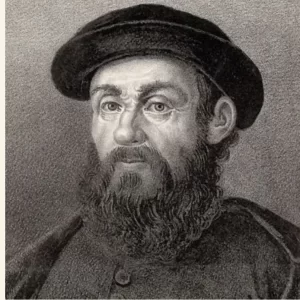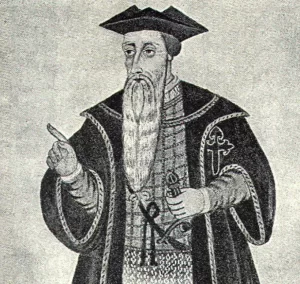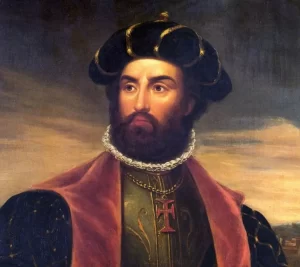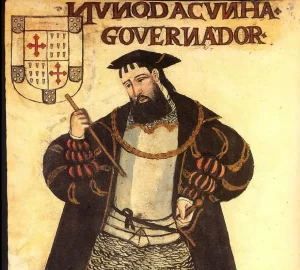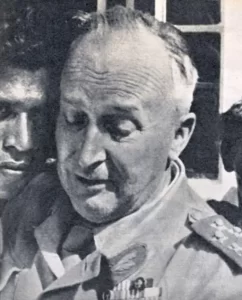Introduction: The Portuguese Governors in India, Shaping a Maritime Empire
After the arrival of Vasco Da Gama in 1948, the Portuguese slowly began to dominate trade in the region. After seven years of engagement in India, the Portuguese in 1505, decided to appoint a Permanent Governor to administer their possession in the Indian Ocean.
Reasons for Appointment of Portuguese Governors in India: Pioneering Permanent Presence and Strategic Administration
- Permanent Presence: Earlier the Portuguese relied on yearly expeditions for trade, now it was decided to have a permanent station.
- Represent the Emperor’s Interests: A crown representative ensured that the traders acted to further the goals of the Emperor and can not indulge in personal missions.
- Centralise Management: The Portuguese had control over various territories across the Indian Ocean regions which needed coordinated efforts to be efficiently managed.
- Provide Strategic Vision: Governors were better able to manage the resources and act according to the strategic objectives.
- Control Internal Rivalries: A governor under authority of the Crown could demand obedience from all other officials and soldiers, therefore, it established a clear hierarchy amongst the officials.
Major Highlights of the Institution of Portuguese Governors in India: The Evolution and Eclipse of the Viceroyalty
- First Appointment: Francisco De Almeida was appointed with the title of Viceroy.
- First Nomination: Tristao da Cunha was the first Person to be nominated as Viceroy but he could not assume Office.
- Jurisdiction: Till 1952, the Governors of Portuguese India were in charge of all Portuguese possessions in the Indian Ocean but it was gradually reduced.
- Abolition of Title: The Title was Abolished in 1961 after India’s victory under Operation Vijay.
Portuguese Governors in India and their Contributions: Architects of Empire, Navigators of Change
| Governors | Description |
|
Francisco De Almeida
|
|
|
Afonso de Albuquerque
|
|
|
Vasco da Gama
|
|
|
Nuno da Cunha
|
|
|
Manuel António Vassalo e Silva
|
|
Conclusion:
- The Portuguese early arrival and success was the result of the heroics of men like Almeida, Albuquerque who laid the foundations of Europe’s first Asian empire and changed the course of history.
- Although many future Governors could not rise to the occasion, this resulted in the gradual decline of the Portuguese Asian Empire.

 GS Foundation
GS Foundation Optional Course
Optional Course Combo Courses
Combo Courses Degree Program
Degree Program





